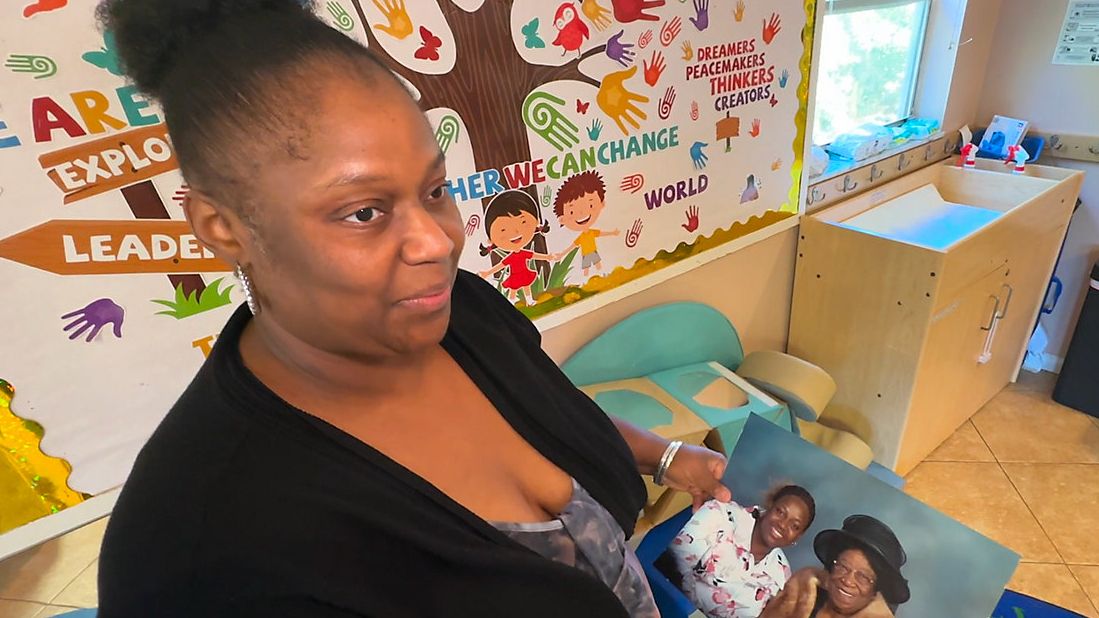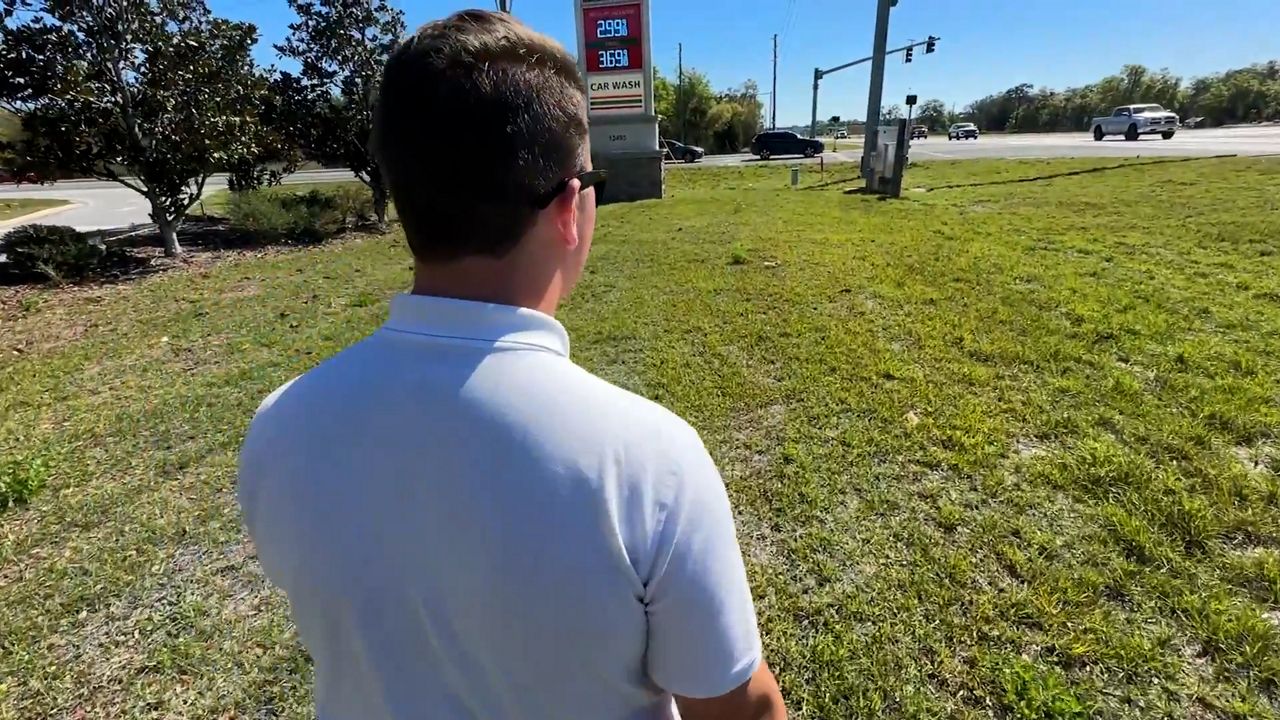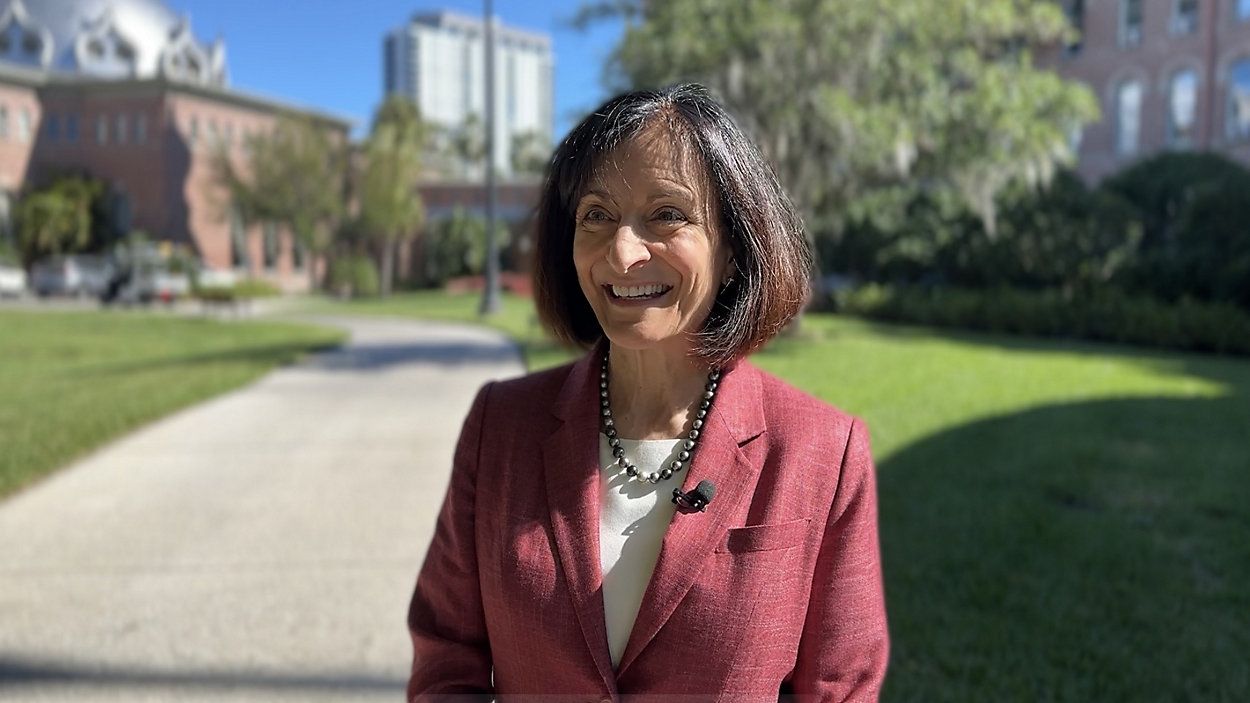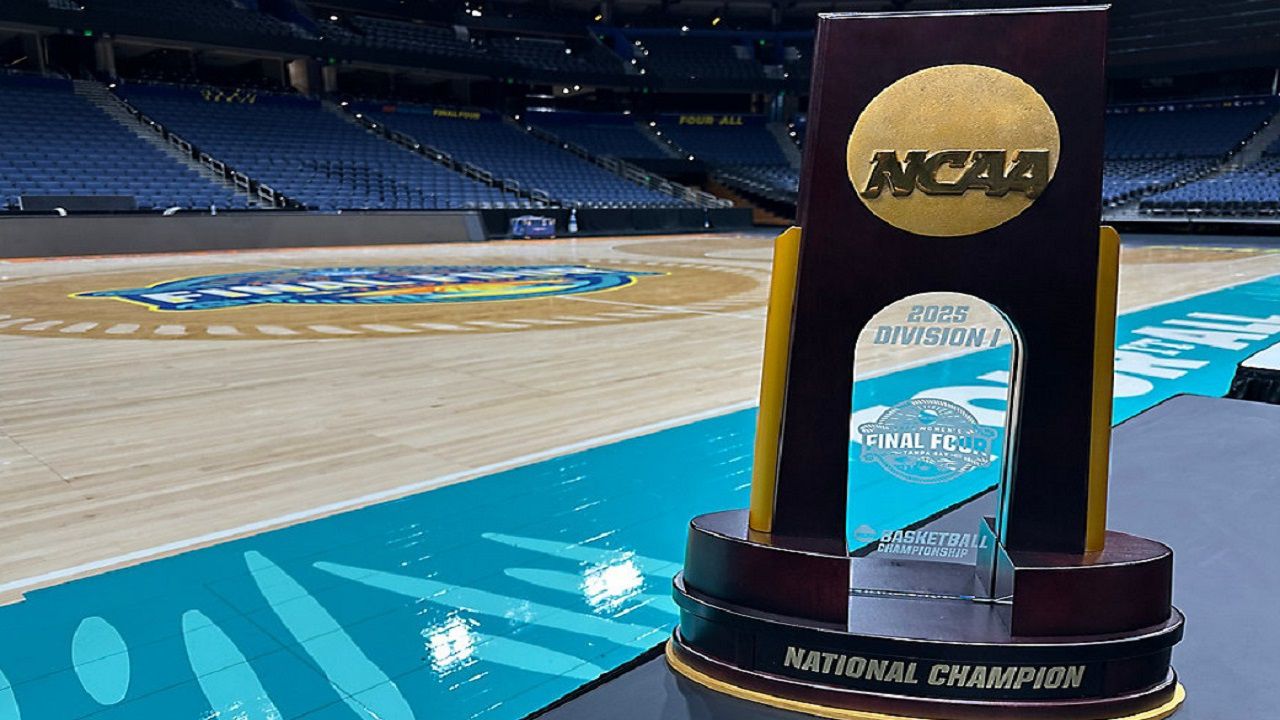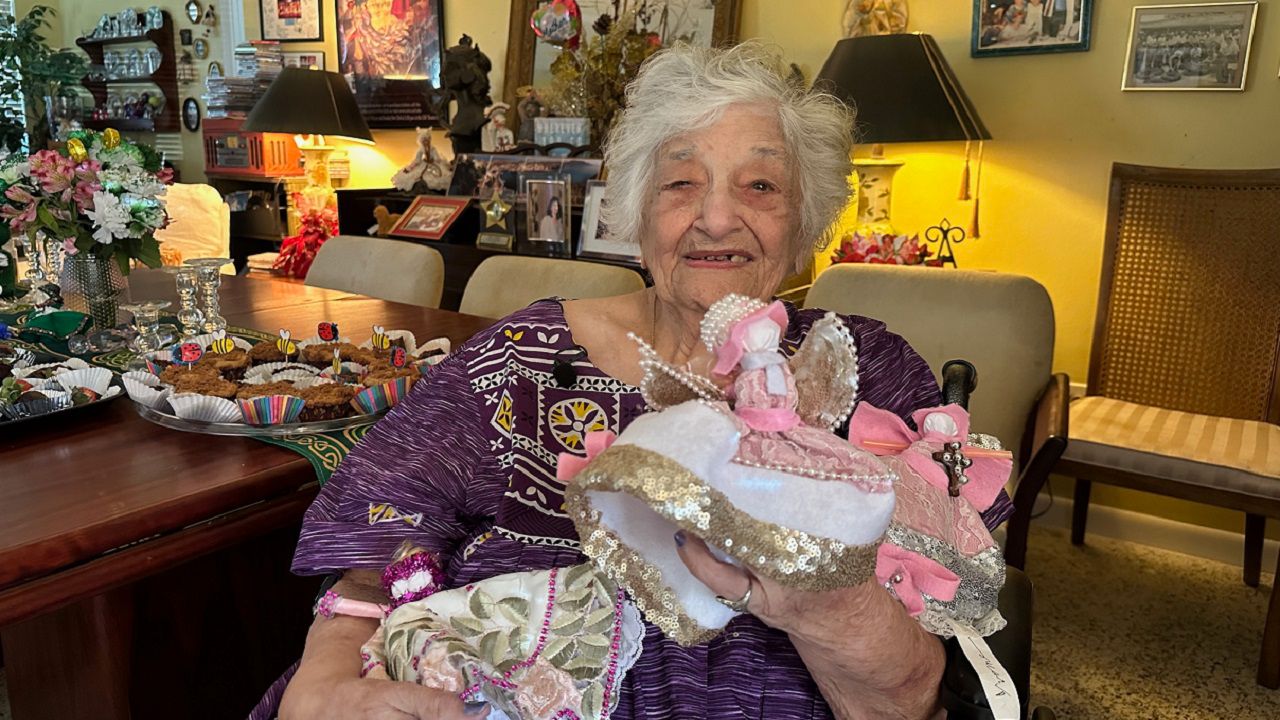TAMPA — When Vietnam veteran Linda Pugsley isn’t visiting an air base, speaking at a military ceremony, or offering her words of wisdom to young people, she is at her home in Tampa where she has lived for more than 40 years.
There she is surrounded by pictures of friends, family, news articles and awards. Individually and collectively, they tell her story.
But in recognition of the 50th anniversary of the end of the Vietnam War, Spectrum Bay News 9 is focusing on one part of her life’s story.
“1967. I’m old enough to be all of your mothers,” she said with a giggle.
But what you don’t know is that Pugsley is 79, easily lifts 120-pound weights and can hike 10 miles in the woods without breaking a sweat.
Back to 1967, though.
Pugsley, then a trauma nurse at Boston City Hospital, had just made the decision to join the reserves.
“I went to basic training and then flight school,” she said.
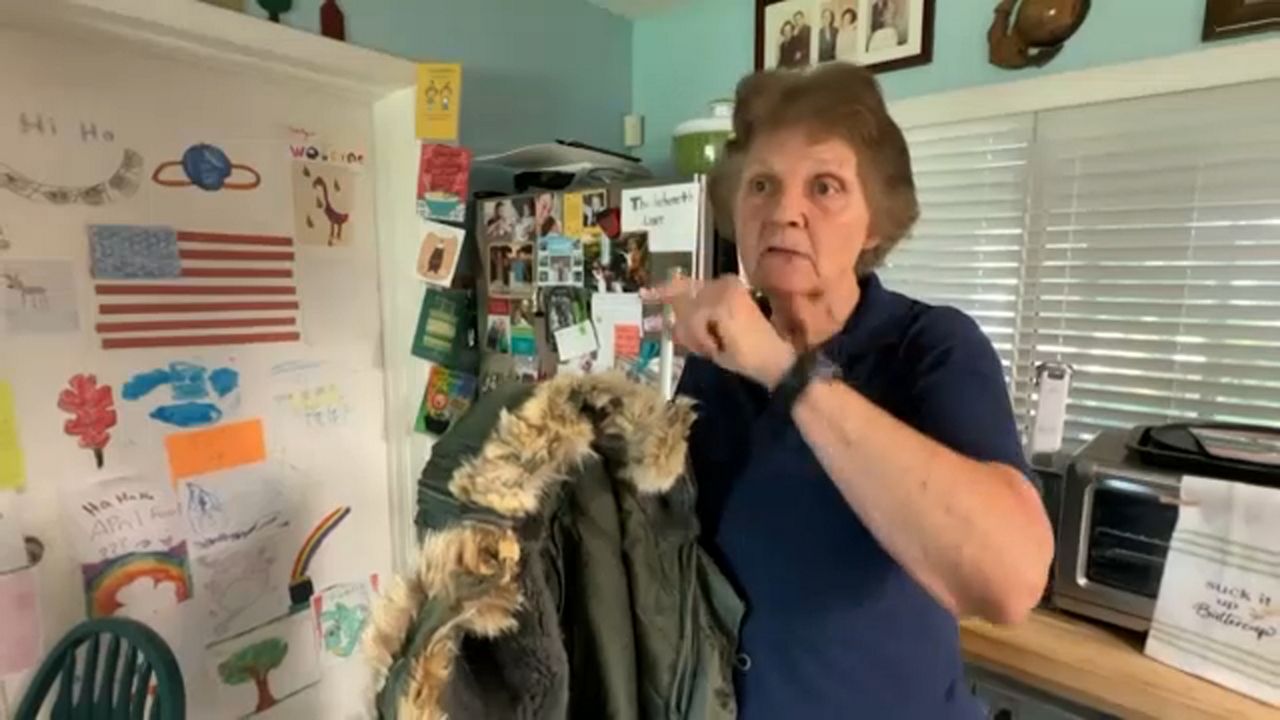
Flight school was essential in preparing her for deployment to Vietnam a year later. It was the height of the Vietnam War.
“To be a flight nurse you have to have special training, more than a nurse because you have to be able to start IV’s and do a little more sophisticated cut downs and (tracheotomoy) like that,” she said.
They did this while traveling 4,000 feet above ground. Difficult to do in the day. Even harder at night.
“Ours was an old 140 cargo plane that was as dark as could be," she said with a big laugh.
And "flight nurses," were on their own, she said.
“There were no physicians on the plane. Right now, there’s all sorts of surgeons on the plane, ER docs, respiratory," she said. "The teams that go with the wounded now have everything.”
As the saying goes, necessity breeds invention.
“A lot of people in medicine today don’t understand what we didn’t have," she said. "Now they have so much because they learned. We learned from Korea, Korea learned from World War II.”
Today, machines dispense liquid medication from IV bags. Not so in Pugsley's time.
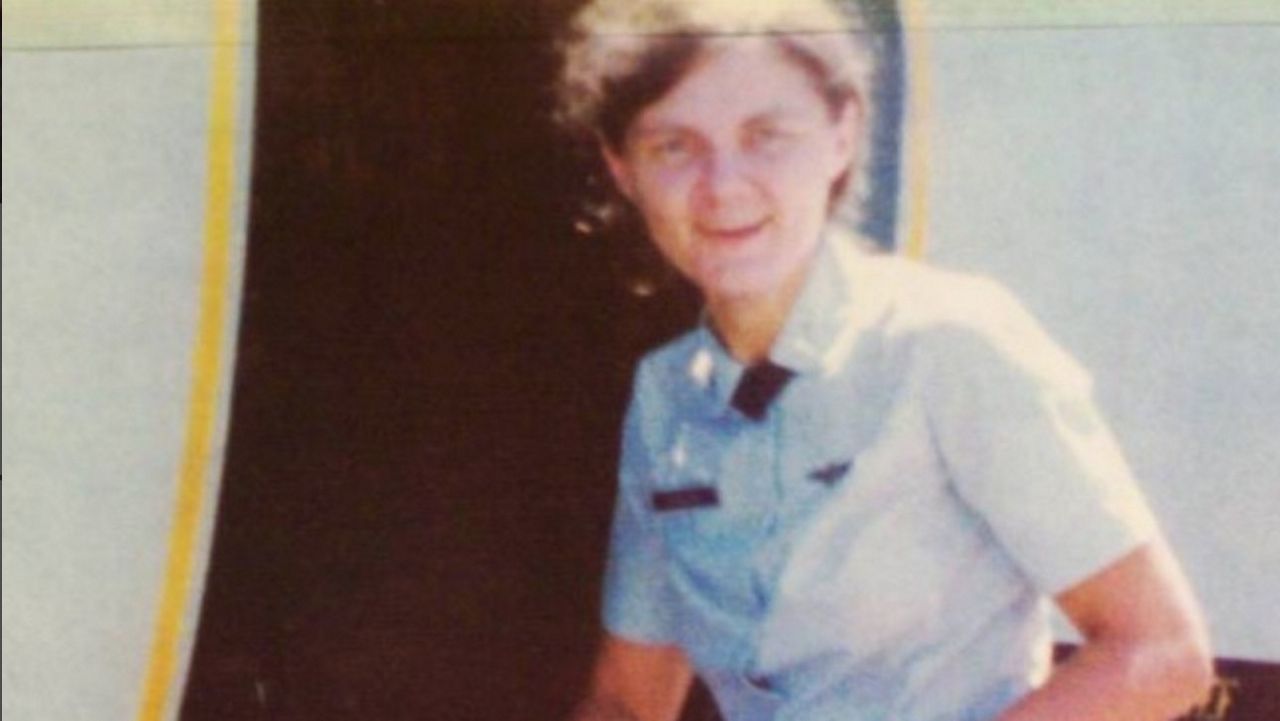
“Forty litter patients, who are the most severely injured and forty ambulatory patients in the cargo seats. So here you are at altitude which changes the drops per minute, but you’re giving the drops per minute, by hand on all these IV’s," she said.
Then there was the challenge of working in combat zones during a war unlike any the U.S. had fought before.
“There are bombs going off and the guys are taking you in the jeep and they got M-16’s and all this,” she said. "One time we were landing and there was a hole in the runway and smoke was still coming out of it.”
But amid the chaos, some moments stood still in time.
“There was this one patient. He lost both arms and a leg," Pugsley said. "Massive abdominal injuries and he was blind. And on the left side of his face it looked like someone had put a marker, but it was just shrapnel. He couldn’t see me, but he called out for me.
"I thought he wanted pain medication. I go over and he says, 'Do you think my girlfriend will still love me when I get home?' I didn’t know what to say. I was 21 and he was 18. And I’m thinking, 'I wasn’t ready for this.' I’ll never forget it. I put my hands on his face and I‘m crying and he can’t see it and I said, ‘Hey, she’s going to love you all the more because you’re a hero.’”
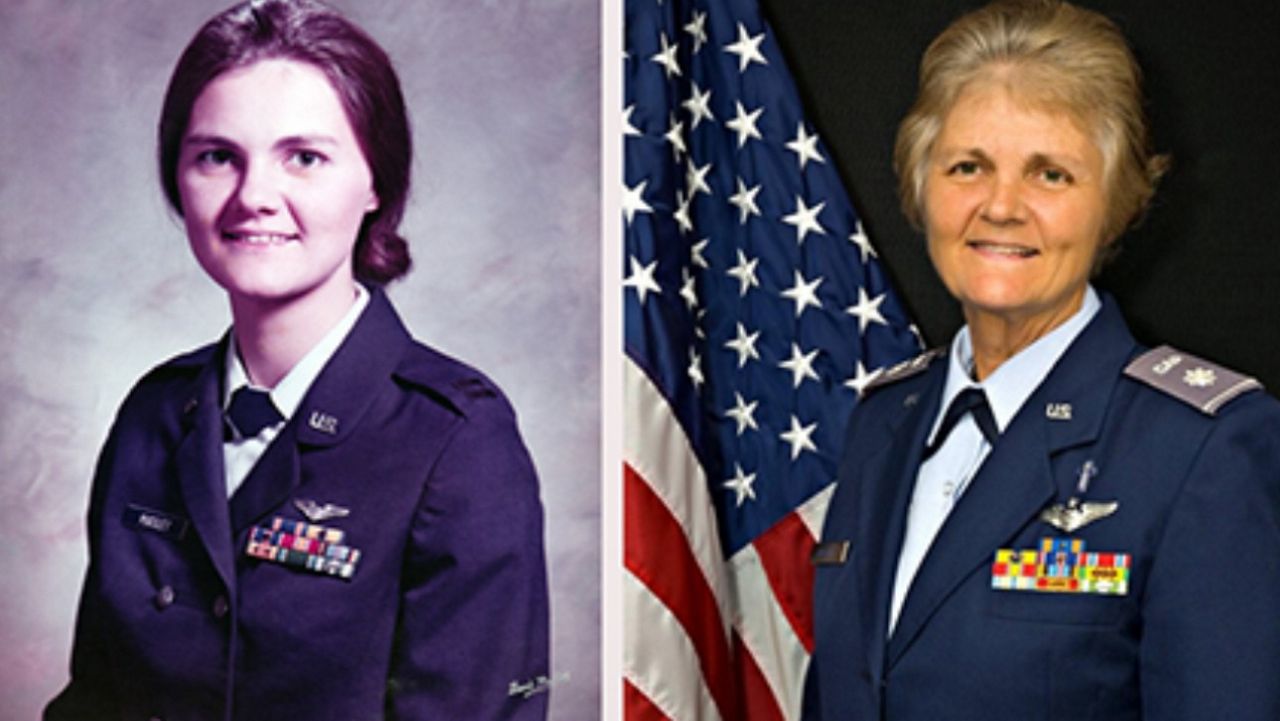
Despite all of this she returned for a second tour in 1972. As a patriot, a daughter of Marine who served in WW II and a woman of faith, she says he had to.
“I was skilled at what I did. I loved what I did. But I didn’t love what I saw when I got home,” she said.
The war had changed. The soldiers had changed. And with that so had America’s view of Vietnam.
After 10 years in the U.S. Air Force and another five with the National Guard, Pugsley retired, but her career in service continued. She went back to college, earned a Master’s and doctorate and was ordained in 1989.
In 2003, she joined the Civil Air Patrol with the rank of major, was promoted to colonel a year later, before being appointed chaplain in 2004. She continues to serve in that role today.
If you would like to learn more about her work and the Civil Air Patrol, visit https://www.cap.news/cap-chaplain-served-two-tours-as-flight-nurse-during-vietnam-war/







